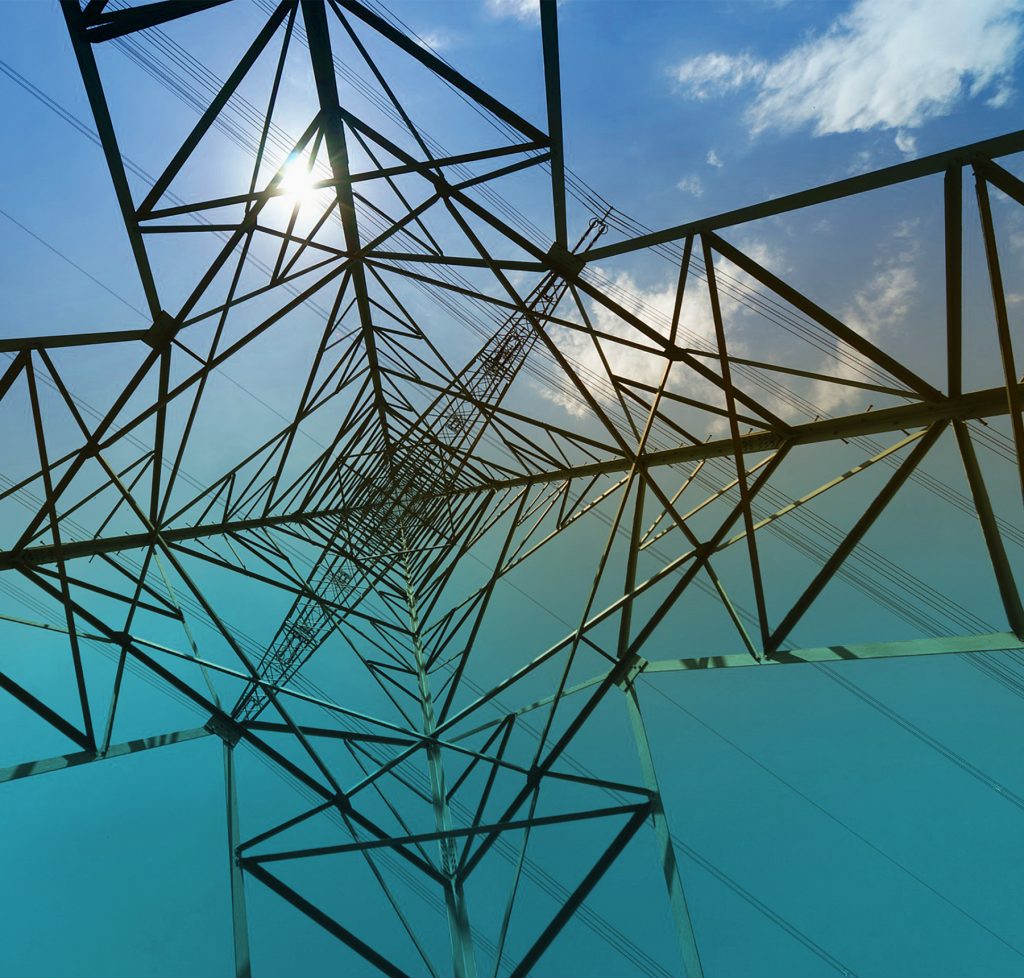
Toronto, Ontario – In “Buying Electricity from Quebec: The Case Against New Intertie Capacity” author Marc Brouillette outlines how the $3.3 billion cost to upgrade interconnections with Quebec outweighs the benefits and is also 50% higher than a made-in-Ontario alternative for meeting the province’s projected needs.
Quebec does not currently have available generation all year round, and already relies on Ontario’s gas-fired generation capacity in the winter. Quebec’s recently developed energy surplus is available for the rest of each year, but even this is forecast to evaporate by 2028. Similarly, Ontario would not have reliable low carbon supply for Quebec after the Pickering nuclear generating station retires in 2024, removing a resource Quebec uses to store water and hence sustain its surplus. Neither province can rely on the other for a reliable supply in the long run.
Marc Brouillette is the principal consultant at Strategic Policy Economics and has been advising provincial and federal government ministries, agencies, and crown corporations for over 20 years on issues in the aerospace, energy, and gaming sectors. He specializes in matters that involve technology based public-private initiatives in policy driven regulated environments.
CCRE Commentary is published about six times a year with each issue covering a single topic. Previous issues covered redesign of the feed-in-tariff, ensuring customers benefit from utility mergers, re-establishing realistic electricity prices and gaining public acceptance for energy infrastructure.
The Council for Clean & Reliable Energy (CCRE) is a forum for reasoned analysis on subjects related to energy policy. In the past, the Council has sponsored conferences on the Auditor General’s report on Ontario’s renewable energy program, clean coal technology, nuclear power, governance models in the electricity sector, biomass energy opportunities and rationalizing electricity distribution.




